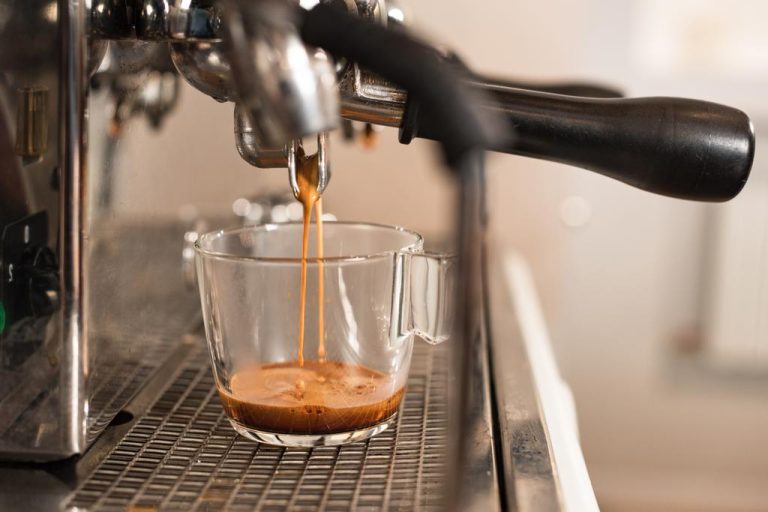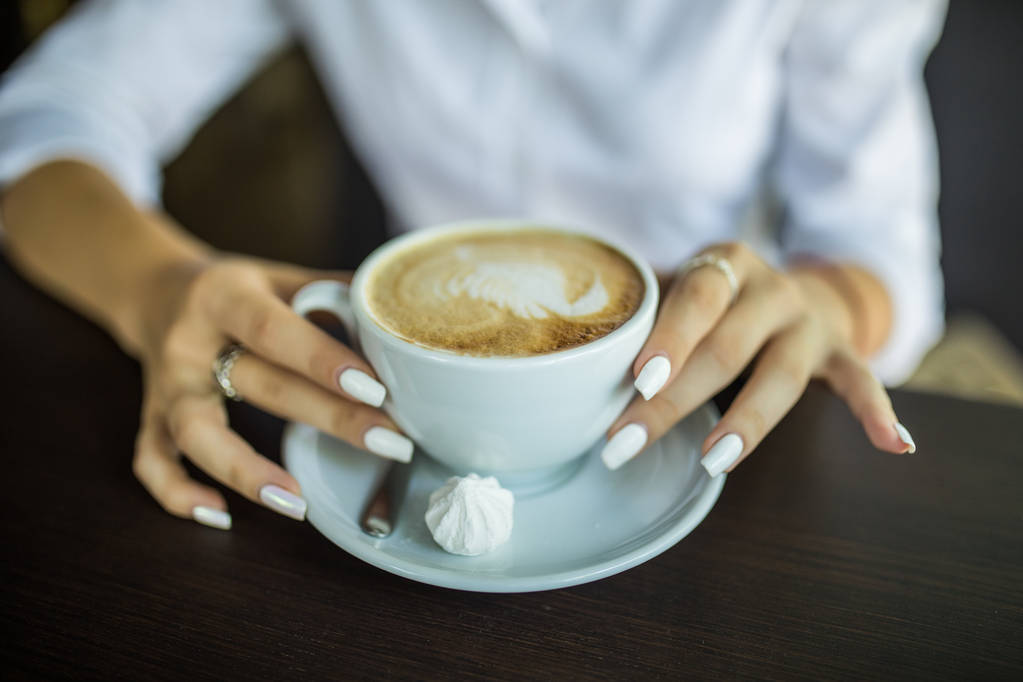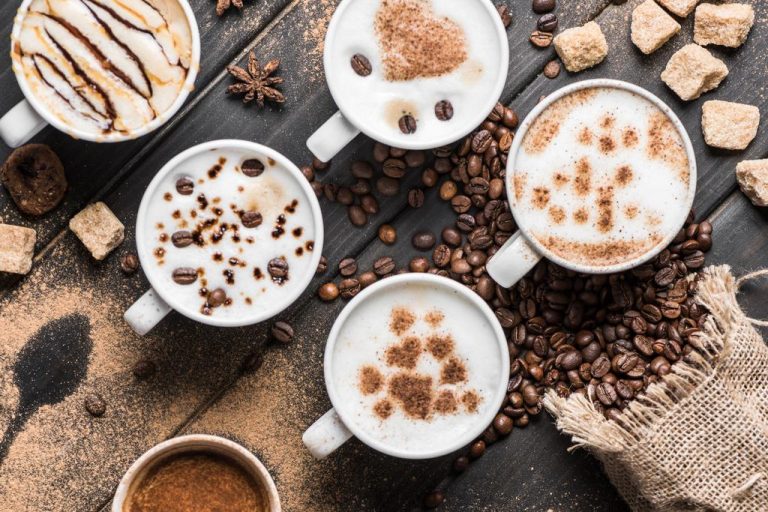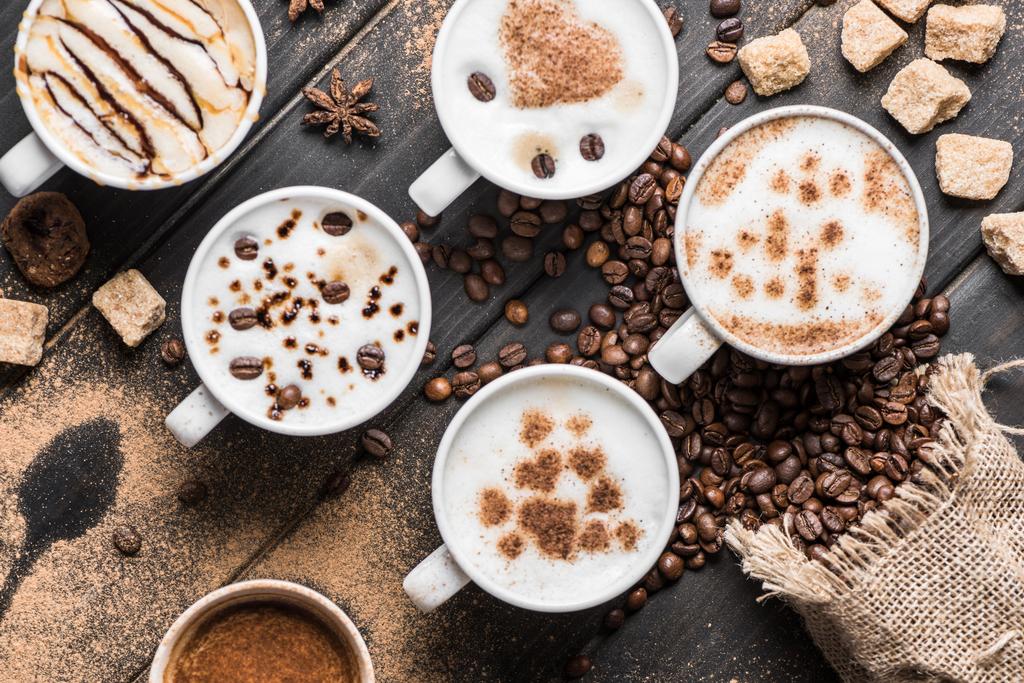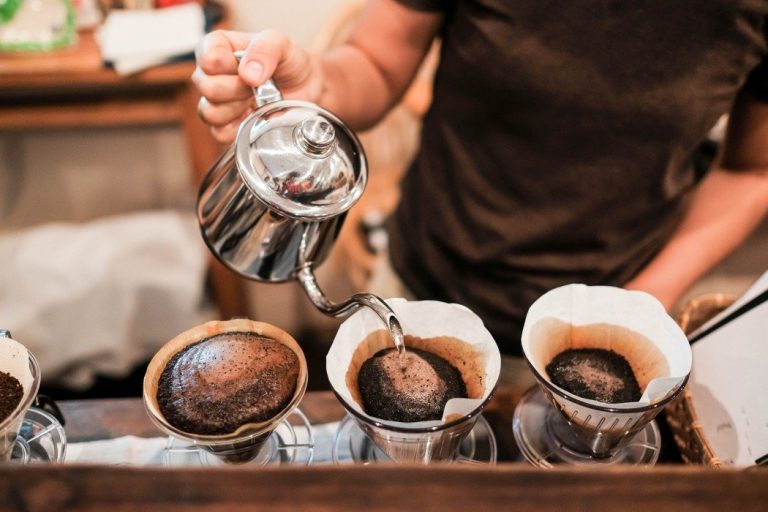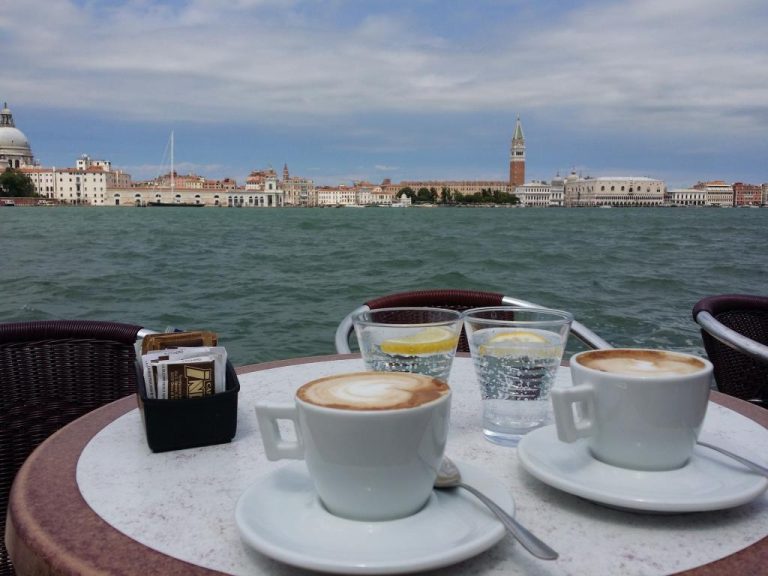Coffee is a popular drink around the world: Whether coffee from the espresso maker, coffee from the French press, coffee from the capsule machine, hand-brewed, with or without milk, schnapps, cream, ice cubes, warm, cold or something in between – all over the world they cultivate Coffee drinkers their own coffee rituals, drinking habits and preparation methods. Different coffee specialties have developed in the countries of the world, which are now internationally popular. We present some of them to you!
But coffee is more than just a hot pick-me-up. Internationally, coffee drinkers connect very differently. Find out what coffee lovers associate with their favorite pick-me-up and what a good cup of coffee really means to you.
International coffee specialties – Country 1: Italy

Italy is the home of espresso – internationally, the southern European country is also associated with delicious coffee specialties. For the Italians themselves, only coffee from the espresso maker is good coffee. There is hardly a coffee specialty that is not based on coffee from the espresso maker.
Simple caffè, caffè lungo, caffè macchiato or cappuccino are just a few of the variants that people like to drink frequently. In fact, Italy is the country with the most cafés in the world; unlike in other countries, the coffee from the espresso maker is not drunk in company or over a longer period of time, but rather quickly and while standing. That’s why the Italians also expect their coffee to be at the right drinking temperature straight from the espresso maker.
International coffee specialties – Country 2: Austria
In Austria, the espresso coffee machine is a guarantee for coffee drinks that provide warmth and energy. The Austrians have a long coffee tradition and attach great importance to the beloved little black dress. This is clearly shown in the many typical coffee houses that are internationally known.
Coffee machines are also popular, as Austrians love all kinds of coffee specialities. Just like the Germans, they associate warmth with the hot drink. What makes them different is that they see coffee as a source of energy. They really appreciate the waking effect.
International coffee specialties – Country 3: Switzerland
The Swiss are internationally known and valued for their high quality of life and excellent cuisine. For the Swiss, the love of coffee is simply part of it and therefore also associated with love. This is even more important to the Swiss than the positive quality as an energy supplier. Enjoying coffee is a matter of the heart for the Swiss.
So it is not surprising that this love is the mother of invention: Coffee from the capsule machine is very popular in European countries and internationally – and who invented it? Guessed correctly. A Swiss food company was the first to come up with the idea of producing, portioning and packaging coffee for a capsule machine. In addition, the Swiss like to drink their coffee refined with cream, which is also known among connoisseurs as café mélange. But other coffee specialties are also popular in the country: Kafi Luz or Kafi GT – variants with herbal schnapps or liqueurs.
International coffee specialties – Country 4: Denmark
The Danes like it uncomplicated: coffee from the French press is the second most popular way of preparing coffee for the northerners. The “Stempelkande Kaffe” is portioned with a teaspoon of coffee in a cup of water.
For many Danes, the daily consumption of three to four cups of coffee from the French press is part of “hygge” – a term for a positive attitude to life, cosiness and well-being. The internationally popular coffee to go is not very common in Denmark. Instead, in cafés or restaurants, the coffee is served directly in a French press or in a thermos flask, from which you can help yourself.
International Coffee Specialties – Country 5: Poland
In Poland, the espresso coffee machine is used for a hot drink that arouses passion. Filter coffee machines are particularly common in this country. Many also appreciate the espresso coffee machine to prepare a strong espresso.
If you ask people in Poland about their associations with coffee, you will mostly hear passion as the answer. Coffee and espresso wake up tired spirits. The association with home is also very widespread. Wherever Poles enjoy a coffee, they feel at home and welcome.
International specialty coffees – Country 6: USA
The USA is internationally the country with the most coffee imports. Your constant thirst for the black gold is quenched with a wide variety of coffee specialties. The coffee is often drunk heavily: if you order a Black Eye, Bulls Eye, Red Eye or Dead Eye (depending on the region), you will usually receive two espressos in combination with black filter coffee.
Another popular variant, “Iced Coffee” is not the same as the German version “Eis Kaffee” – in the USA the glass is filled to the top with ice cubes instead of ice cream.
International coffee specialties – Country 7: Germany
In Germany, in addition to convenient preparation options such as coffee from the capsule machine, handmade coffees are also in vogue again: coffee from the French press, the hand filter or coffee from the espresso maker is finding more and more fans. The coffee does not necessarily have to be hot:
In some processes, the coffee is produced as a “cold brew” and the coffee also stays cold with one of the typical German coffee specialties: the iced coffee is consumed with 2 scoops of vanilla ice cream, whipped cream and chocolate sprinkles. The country’s coffee drinkers associate warmth, love, peace, joy and security with their favorite drink. The hot drink replaces the hustle and bustle of everyday life with relaxation and enjoyment, and Germans prefer to enjoy their coffee with their partner or alone.
International coffee specialties – Country 8: Czech Republic
In this country, coffee is highly valued and drunk a lot. For people, coffee means rest. It brings serenity to the stressful everyday life and creates a welcome moment to pause and calm down. Community is very important to coffee drinkers in the Czech Republic: they prefer to drink coffee together than alone.
International coffee specialties – Country 9: Eritrea

The Eritreans have a very special relationship with coffee, which is only common in a few international countries. They celebrate coffee in a traditional coffee ceremony, which takes place up to three times a day. Coffee is considered a true delicacy in Eritrea, which should be prepared with the utmost respect.
Part of the ceremony is therefore to freshly roast the coffee beans yourself. When dark enough, the roasted beans are placed on a rush mat and passed around to all the participants in the coffee ceremony, who fan the aroma with their hands. The coffee is then ground and poured into a special clay vessel called a jebena, into which cold water is then poured. Finally, along with some spices, the mixture is heated on the stove for 15 to 30 minutes and then cooled again so that the coffee does not boil over. When it is ready, Eritreans stick a tuft of horsehair into the spout of the vessel to separate the liquid from the remaining coffee grounds when pouring the coffee specialty.



